Pin and voltage, leading G and external / wide area
Many groups that want to attack the perimeter benefit from a "wide zone" or outer zone-type defense.
However, many parties find it difficult to use the flat zone system. The pin and pull that hold the traditional zone lock behind, but squeeze and pull the front bumper to seal the bumper inward, is a good fit. But the difficult thing is that the defender has to set a goal. These players must be monitored by TE to keep in touch or exit the game. Failure to do so may make it difficult for pedestrians to move and may enter the upper lane with a pin-and-pull scheme and the match may swell.
The G of the lead is like a pin and a pool, pulling the blocks in front of and around the G structure and up to the second level. It is only effective for pulling and pulling FSG.
Here is an example. Michigan TE is about a DE / OLB sitting outside of it. If you can't get your head out of the game, you should throw the range block and try to wash it. However, this game usually benefits defenders and cannot expand the TE gap or internal control. This fire forces OL to TE, but does not prolong the escape of TE, and the defense can break this hole, forcing the Arabian fire to jump to the second level LB that OL is trying to lead.
One way to wait for this is to play the "out" or "out" game.
"early"
A low circuit can be implemented with a solution or preservative. Traditionally, he uses PlaySide Guard (PSG) to block defenders from the game. "Below G," he says, he gets a blocker on top of an outside defender who helps expand the lane. The match will close the TE and OT (PST) lockout and help seal the internal defense. These blocks also increase the space where Arabs can move.
The next part of the game, where you usually see a crime, executes its extended zone scheme. This is to isolate the remaining defenders and put them in a box to give the RB a clear way to escape.
However, like pens and drawings, teams follow different methods. Some are fastened in the middle, some in the back (BSG), and some in a full line. Thus, there is a variation that allows you to hold and pull at the waist with BSG. Thus, the game is very similar to Power O, the FSG acts as a blow block and draws a winding protective track. However, the work with RB is slightly different, as it will be very difficult to read the interval from A to B to C. This game almost always goes into the C gap.
For example
He pulled a slender straight-shouldered shotgun from the Michigan field. In many cases, it stretches or pinches and pulls the limit for protection. According to this trend, WMU will send additional players to the limit. But because it's Down G, Michigan gets 2 -1 in strokes.
In this match, a misunderstanding arose between the central defender and BSG. The NT is slightly shaded and the center is waiting to receive the ESR block, but the ESR is working towards level 2. Fortunately for Michigan, the disappearing flipper strategy is enough to slow down the NT, and the NT can't turn fast enough for the TFL.
The next example goes a little better, but the WMU pin doesn't bite hard and slides. This time the defender of the third row deeply attacked his escape. However, AG can actually produce a protective EMOL, and the blocks work well to seal the internal protection. It can be a long order for a guard to get down from a race hole of this size at full speed, and the RB can miss it and then leave.
Use a lead blocker
This is a good short-distance, goal-line scheme, especially with a leading blocker. As you can see above, the best way to squeeze this game out is for third-level players to be in the hole. But by sending a big blocker from FB to that hole, you can take this guy out of the hole and hit him hard.
Sample with a pencil and draw on the back
Chiefs (+ Eagle and others) use this blocking device against G and 9tech in front of outside zones. Leave a large seam for the back to meet the front. Pull the BSG to increase the time with LB. 🔊 Why listen. pic.twitter.com/7niye2i96i- Geoff Schwartz (geoffschwartz) October 3, 2018
Examples with lead blockers
Here FB works well to lead the pit firmly and physically. When the safety is fully charged, take the FB handle and release it, pushing it towards the CB (it is not blocked because it is outside and will be cut by a kick or lead block).
Take a closer look at these lead blocks. I want to see RT get a little better with the pen. Get a good initial push to push the IL back, but lose your foot that can bring the IL back into play. It does not enter, but it is something that will be cleaned in the future. The seal on the back of the game works well and does an excellent job of working with the TE MIKE and getting the main block against the scratched LB.
With split flow
Michigan also added a split rear seat folder at the end of the year, where FB now added some split flow directions, separated the rear DT, and allowed OL to operate on the second aircraft.
Michigan played the Wing T-Belly series down game with Nebraska last week- Coach Dan Casey (@CoachDanCasey) September 27, 2018
▪️TE rises to LB
LT block 4i below
LG introduced 9 technologies
▪️C & RG double nose
▪️RT Fan at Tech 5
🔨 Unlock FB Weak 4i
Big decision against Nebraska Bear Front pic.twitter.com/bHuoI9ovQ6
Written in chalk
Based on this, I created a Twitter theme called "Chalk Writing".
One of the biggest shows in Michigan this year was Down G. I wrote about this https://t.co/HyrxY5HKbk- Space Coyote (pSpaceCoyoteBDS) January 11, 2019
They developed with some sacrifices, but they didn't go where I thought they would go. I thought I was here
1st: Weapons by Staff Down G https://t.co/EKLrHIxt8J
The first sacrifice was to add lead blockers.- Space Coyote (pSpaceCoyoteBDS) January 11, 2019
• TE / FST up to one block SAM / DT
• FSG EMOL hits the head
Mike from Rack Block C / BSG DT
Works on R WR Direct ((most dangerous defender)
• Only FB, initially the color decreases
https://t.co/9sizqkS4GX has 22 employees pic.twitter.com/ncbkM5uvEj
The second part https://t.co/Zj4GnDhkNh- Space Coyote (pSpaceCoyoteBDS) January 11, 2019
That's it. But there was no need for that.- Space Coyote (pSpaceCoyoteBDS) January 11, 2019
G counter-threat affects:
পোস্ট to send directly to SAM; To deceive
ST FST reached 3T block
• Release C / BSG directly on the LB.
• FB wham block back DT
• BST strikes BSDE
B RB Q passed the ball to his face, FB cut pic.twitter.com/IN7DoQ76uX
Now let's add the Wishbone element.- Space Coyote (pSpaceCoyoteBDS) January 11, 2019
G Effect FB Dive:
দিতে release directly to M; To deceive
FST reaches DT *
িপ C DT's hip rises to FS, W slides (depending on block flow)
• BSG catches DT.
• BST strikes BSDE
• S flow is maintained by RB
* If DT M is watching the scrolling release at pic.twitter.com/dHSQhlScEu
Now let's add reading material.- Space Coyote (pSpaceCoyoteBDS) January 11, 2019
By G. Bob Reed
• Lower front G.
• Double extension of C / BSG in NT
বিভ Divide the flow from F to WILL
• BST strikes BSDE
• Read Q MIKE stream pic.twitter.com/UNfuxHgXRz
সবচেয়ে Revenge is the hardest person when you fall hard. So read this- Space Coyote (pSpaceCoyoteBDS) January 11, 2019
Low G Pin / Pool BOSS Pop:
• Para + FB running line down g
B C low in BSDT, BSG draws MIKE (OL second level delayed release)
• FB has 8 output options
BSWR will continue FS
• Q $ Oxu, En, Popu at pic.twitter.com/S4p63HafMH
Finally, the PAP component- Space Coyote (pSpaceCoyoteBDS) January 11, 2019
Fake leading G pole wheel
• and Bluff S, go behind the LB level. HOT (not considered for inpass pro)
• Z na $, st at pos
• Guide F inside FSG, bottom wheel Z
• X CB is over, FS is there
কি Ability to help the Half Q-Roll pro scheme and make a hot cast pic.twitter.com/sqhKirWLkP
and so on.
As already mentioned, some teams will run with "T down" and fight with OT instead of PSG. Here the Eagles make a "G Scheme", but drew T. If t does not work, it wraps itself. They grab and pull to bring the center to the edge of the game.
Friends ... agEagles OL My heart is warm and amazed after watching this G game lock. @ LaneJohnson65 leather and pendulum coated. 😍 Good work friends pic.twitter.com/zl1rwp8bmd- Geoff Schwartz (geoffschwartz) September 10, 2018
18 Stripe has published a similar article on the subject





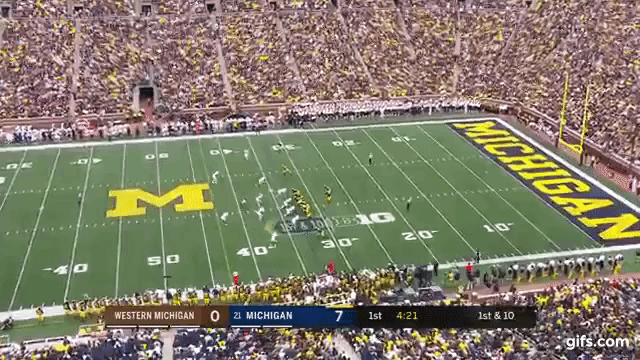
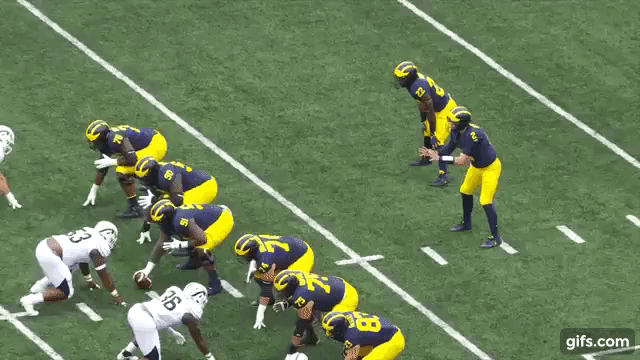

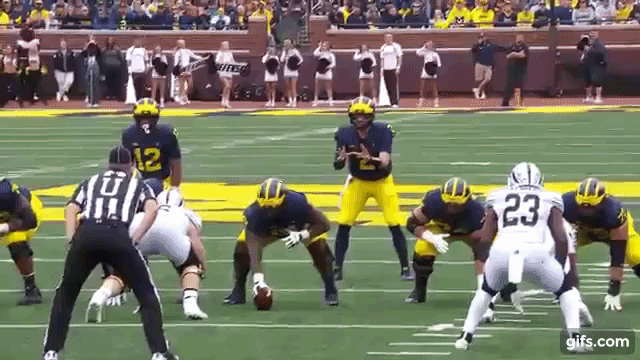


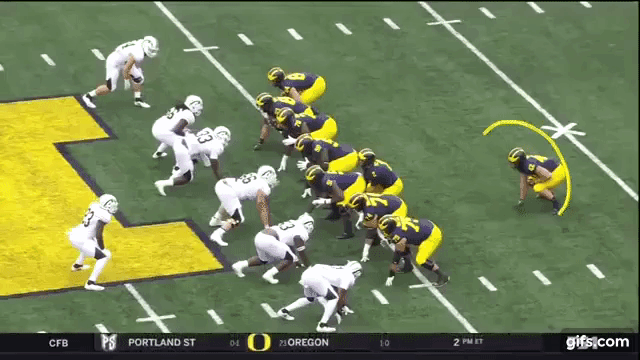
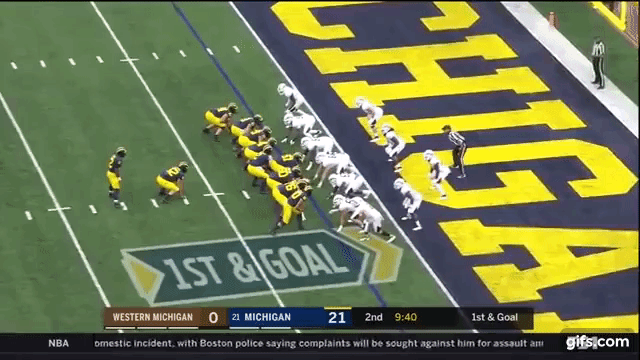
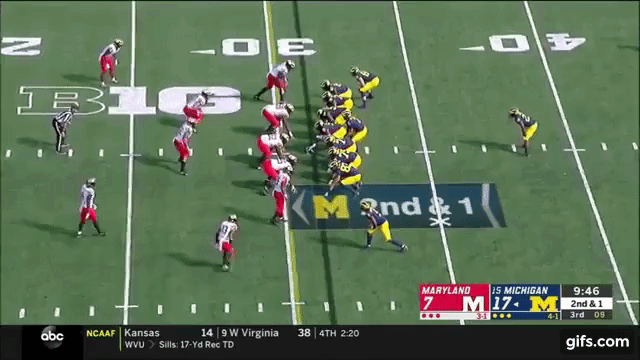


No comments:
Post a Comment
Note: only a member of this blog may post a comment.